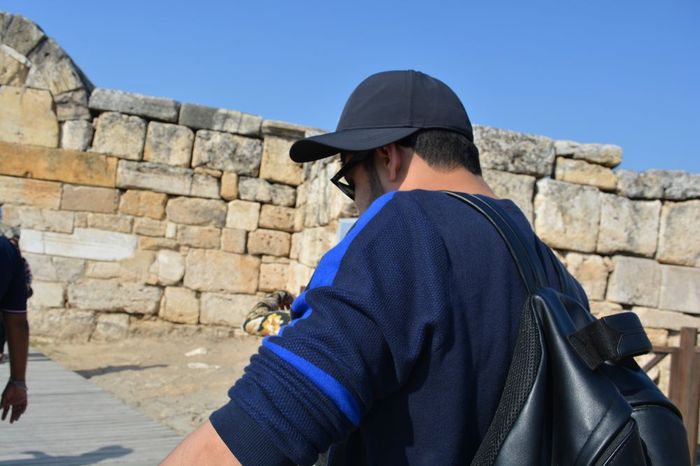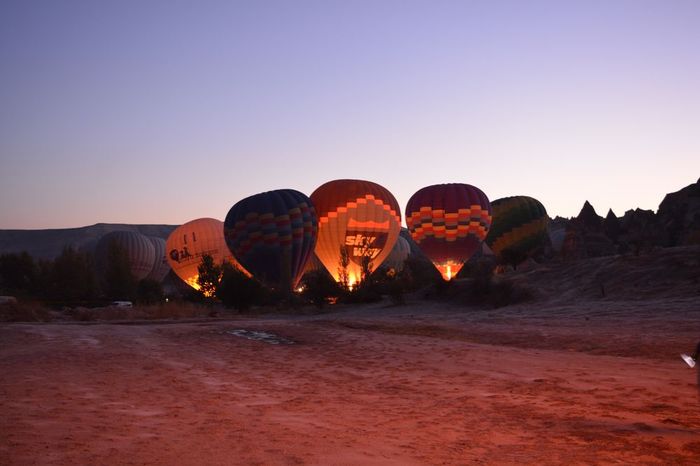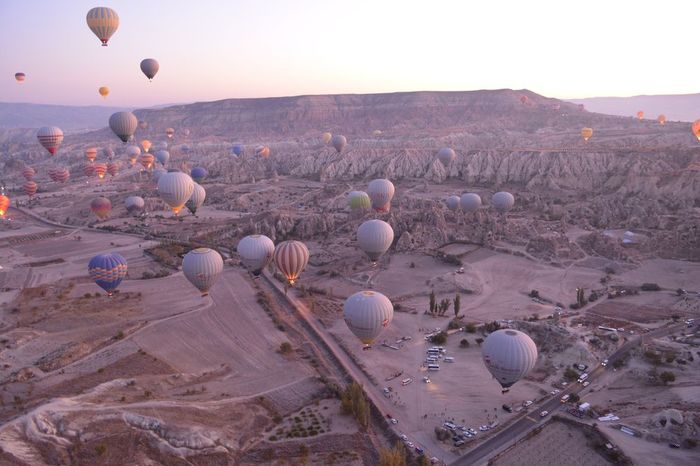Q: Could you discuss Kultur Company’s endeavors?
Nevzat Bayhan: Kultur Company engages in both cultural activities and tourism-related initiatives. Notably, Miniaturk and Yerebatan Cistern are two prominent projects. We explore museums abroad, conceive projects, and actively promote Turkey and Istanbul at international fairs. Additionally, our publishing efforts, including the Istanbul Kitapgisi (Library) in Beyoglu, serve tourism and aim to expand with affiliated branches for wider accessibility. Our Mecidiyekoy Culture Center offers education to individuals who couldn’t pursue formal training in theater, cinema, or television, culminating in a two-year certificate program. We also host children’s chorus and cartoon courses at the center Journey Through Culture at Miniaturk.
Q: Can you share details about the “Culture Valley” project?
N. Bayhan: Istanbul is not just the cultural capital of Europe but the entire world, and we aim to enhance its cultural offerings. The “Culture Valley” project focuses on enriching cultural spaces near the Golden Horn with features like ground chess, child labyrinths, and dancing waters set to music. The soon-to-be-completed Sutluce Congress Center will be one of the world’s largest, with a proposed cable lift providing easy access to Pierre Loti Istanbul Tour Guide. This enables congress participants to enjoy a tea break at Pierre Loti, explore Eyi, and return to the center on Sultan boats during meal breaks. This seamless experience minimizes travel time and optimizes the cultural and dining opportunities. Our ongoing efforts include projects like “Istanbul in the Time Tunnel” and “Planetarium,” designed to provide rapid information access in captivating venues.









